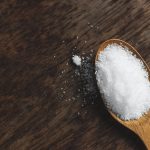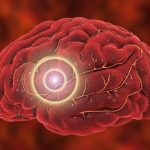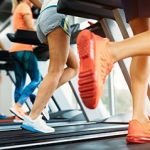
The artificial sweetener aspartame is in the hot seat once more. Two separate committees made up of health experts from around the world will soon offer advice on consuming aspartame, a popular sugar substitute that is added to sodas, cough drops, desserts and gum. The World Health Organization’s International Agency for Research on Cancer (IARC) is analyzing whether the ingredient is a carcinogen. Meanwhile, the WHO’s Joint Expert Committee on Food Additives will offer guidance on an acceptable daily intake of aspartame. Both are expected to issue their reports on July 14, according to leaked WHO documents, CNN reported. Aspartame continues to have approval from the U.S. Food and Drug Administration as a safe product. Not only that, but U.S. health officials are concerned that doing simultaneous, potentially conflicting, reviews will “seriously undermine” confidence in the scientific process and “inflame the current climate of public skepticism about the validity of science and scientific process,” according to a letter sent to the WHO last summer by the U.S. Department of Health and Human Services. The WHO’s cancer research committee considers a broad range of items carcinogens, including mobile devices, Qi Sun, an associate professor of nutrition and epidemiology at Harvard’s T.H. Chan School of Public Health, told CNN. For aspartame to be ruled a carcinogen “boils down to what kind of evidence we have,” he added.… read on > read on >


















